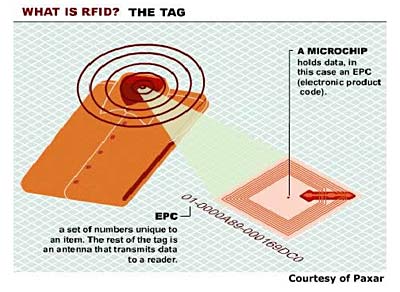Production planning
It is important to decide how many and at what rate orders will be taken. How many items can you produce in an hour, a day, a month? Whether you are producing your products or contracting out the production, knowledge of your production capacity is crucial.
Planning the timing and amount of raw material purchases is also important. Otherwise there won't be any materials to cut and assemble and the production process will have to slow or stop altogether.

Some businesses use multiple contractors. One is used to produce bottoms--skirts and pants, another to produce knit tops, and a third to produce sweaters. For businesses that send coordinated outfits to the retial customer at the same time, this is a logistical challenge requiring planning, tracking, and communication.
 |

 "We promise to ship the [coordinated] group from the warehouse all at one time and we do that. It has to come from all over the world into our warehouse and each store will only get shipped if [their order] is all there...That is really a puzzle to put together. " "We promise to ship the [coordinated] group from the warehouse all at one time and we do that. It has to come from all over the world into our warehouse and each store will only get shipped if [their order] is all there...That is really a puzzle to put together. "
Peggy Hart Earle from Hartstrings describes how her company that designs and produces coordinated outfits for children uses distribution strategy to add value to their customers. Hartstrings works with a variety of contractors all around the world and any one coordinated outfit can be assembled in several different factories in several different countries. For example, the sweater might be made in Hong Kong, the plaid skirt in Europe, and the knit turtleneck shirt in the U.S.
|
Technology can help you with production planning. There is a variety of equipment and software to
- organize your materials and finished inventory
- coordinate materials acquisition with production needs
- combine production for orders of same product style, color, and sizes
- track orders through the production process to delivery, and
- automatically send order acknowledgements, shipping invoices, and payment requests.
Small entrepreneurial ventures that are short on cash should nevertheless invest in basic technology, such as fax, telephone, and e-mail. Orders may be sent and received using the telephone or fax machine. More technology and software can be added as you identify specific needs.
Bar codes, and, increasingly, RFIDs (radio frequency ID tags) identify products based on their stock-keeping unit. For example, a skirt can be identified by manufacturer, style, color, and size using the 12-digit system. The Universal Product Code (UPC) is the most prevalent electronic bar coding system used to identify products. You can find out more about bar codes and apply for one at www.uc-council.org.
Almost all businesses use some level of bar coding to identify their merchandise internally and externally. Possible levels include
- at the order level on the delivery carton
- at the category or SKU (stock keeping unit) level for individual styles
- at the article level for single units made for specific customers
Some retail customers require the use of bar codes and an electronic system of ordering and delivery. EDI or electronic data interchange is a digital communication system used between businesses in the apparel industry since the 1970s. EDI messages contain numerous digital data fields such as bar code, product SKU, quantity needed, and shipment options.
One drawback to EDI is its use of private networks that are designed to be secure and reliable. In order for messages to be delivered between partners, both must have compatible computer systems. Some large manufacturers have purchased a separate EDI system for each of its customers. Small businesses are less likely to have implemented EDI.
EDI is becoming more accessible to small businesses with the availability of Internet-compatible EDI software. Trading partners will be able to send data back and forth using a secure Internet platform.
As EDI becomes more universally adopted, its use will expand to forecasting production needs and automatic inventory replenishment based on point-of-sale information.
The best ways to evaluate available equipment and software for your business is to
- attend industry trade shows
- read trade publications such as the annual technology issue (usually September) of Apparel magazine (www.apparelmag.com)
- ask technology vendors for printed materials and demonstrations.
|

1. If you offer a small number of products in many fabrics and colors, would producing to order or producing to stock be the best approach for your business. Explain.
2. If your value proposition is speedy delivery, should you produce to order or produce to stock? How can you limit your inventory of finished products to reduce costs?
3. What is logistics? Give examples of business operations that are part of logistics.
4. How do bar codes help in production planning and filling orders?
Malia Mills describes how this issue has affected her business.
|
|



